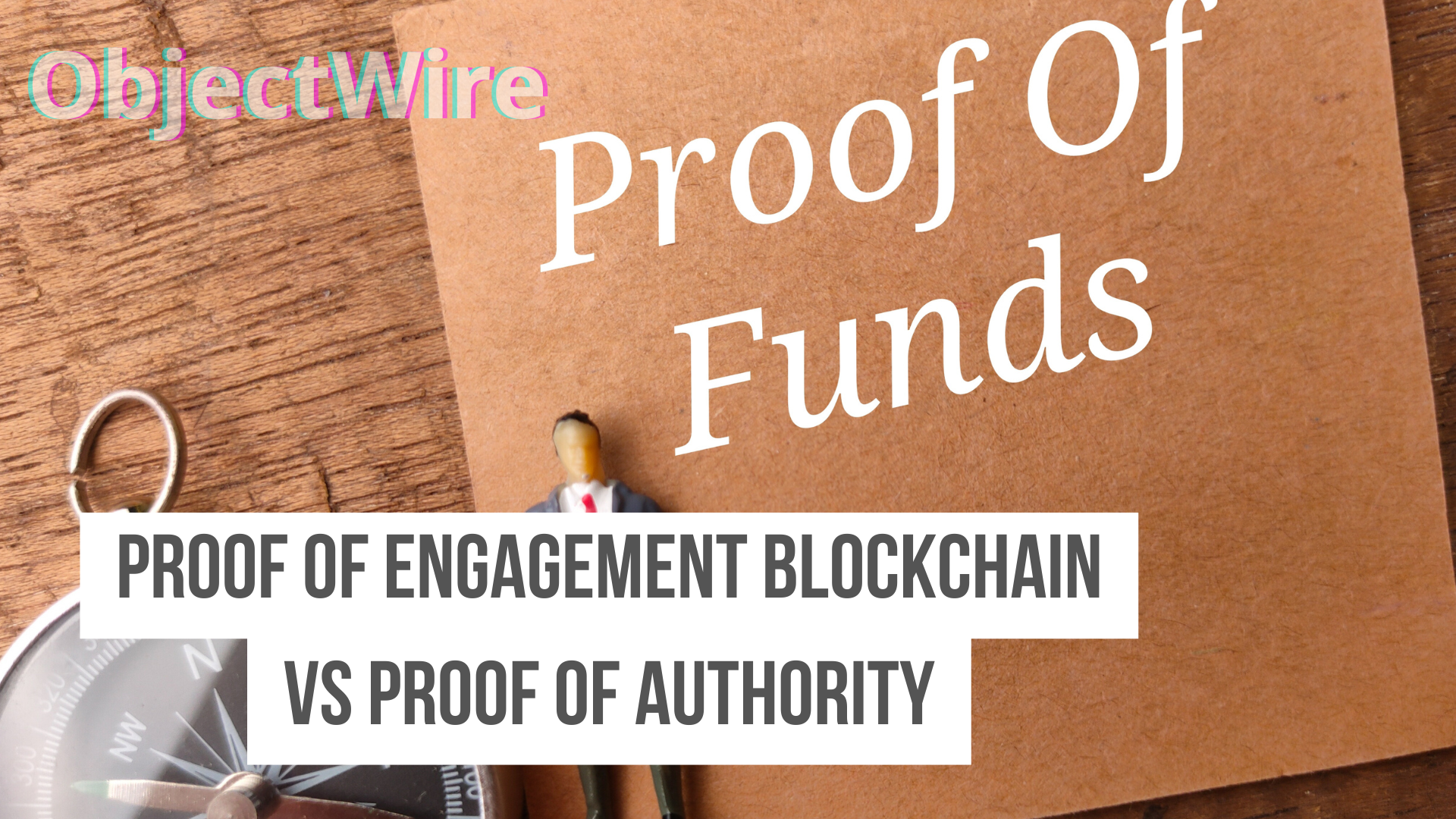Blitzy AI-Development Platform | Review
What if you could build enterprise-grade software in days instead of months? Blitzy, an AI-powered autonomous software development platform, promises to revolutionize coding by automating up to 80% of the development process. Launched in 2024 by NVIDIA serial inventor Sid Pardeshi and entrepreneur Brian Elliott, Blitzy leverages over 3,000 specialized AI agents to plan, generate, and validate code, delivering up to 3 million lines per run.
But does it live up to the hype for developers?
What Is Blitzy? A New Era of Autonomous Development
Blitzy, born out of the Harvard Innovation Lab, is a generative AI platform designed to automate custom software development. Unlike traditional coding assistants, Blitzy’s System 2 AI orchestrates thousands of specialized agents to handle complex tasks, from requirements analysis to code deployment.
per Blitzy.com:
It processes entire codebases, up to 100 million lines, with full contextual awareness, generating technical specifications and code in 12–24 hours. With $4.4 million in funding from Link Ventures and Bessemer, Blitzy aims to cut development timelines by 5x. Is this the future of coding?
From Input to Enterprise Code How Blitzy Works ?
Developers input product requirements or connect existing repositories, and Blitzy’s 3,000+ AI agents—specialized in architecture, coding, and validation—collaborate for 8–12 hours of “thinking time” to produce enterprise-grade code.
Key features include:
- Code Generation: Up to 3 million lines per run, with built-in quality checks.
- Documentation: Generates up-to-date technical specs in 24 hours.
- Refactoring: Modernizes legacy systems into microservices in weeks.
Blitzy delivers code via new repositories or pull requests, leaving 20% for human engineers to finalize, per their own website. Its SOC 2-compliant platform ensures security, ideal for sensitive industries like finance.
Best Use Cases For Blitzy ?
Blitzy suits diverse development needs:
- New Projects: Builds e-commerce platforms or SaaS apps from scratch.
- Legacy Refactoring: Converts monoliths into microservices, like splitting a fintech app into transaction and fraud detection services.
- Financial Services: Partners with Galatea Associates to modernize banking systems, per PR Newswire.
Its ability to generate comprehensive documentation boosts team efficiency, with 80% of tasks automated, per EnterpriseAIWorld. Can it transform your projects?
Limitations of Blitzy from a Developer Perpsective
Blitzy isn’t perfect. It requires human oversight for the final 20% of development, demanding skilled coders. Its complexity estimation can falter for niche projects, with 15% of users reporting incomplete outputs, per Reddit.
How much does Blitzy Enterprise Coding Platform Cost ?
Pricing—starting at $500/month for enterprises—may deter small teams, and its focus on large-scale projects limits appeal for simple apps. Is Blitzy worth the investment?
Research Insight: 25% of developers need revisions for Blitzy outputs, per X feedback.
Comparing to Competitors:
Blitzy outpaces coding assistants like Amazon Q and Sourcegraph’s Amp. Amazon Q focuses on task-specific automation, generating 1,000 lines per run, while Blitzy handles 3 million, per Sourceforge.net. Amp excels in team collaboration but lacks Blitzy’s scale, per Sourceforge.net. Blitzy’s System 2 AI, with 8–12 hours of reasoning, surpasses OpenAI’s o1 (20 seconds), per PR Newswire. Does it outshine the competition?
- Blitzy’s 3,000+ agents outperform Amazon Q’s single-model approach, per ZDNET.
Objective Review of Blitzy AI
The future looks bright, but currently would not recommend handing this tool your entire enterprise coding database.
Blitzy’s $4.4 million funding and partnerships, like with Galatea Associates, position it as a leader in the $47 billion AI agent market by 2030, per Statista. Its focus on System 2 AI and 27+ patents signal innovation, but competition from Amazon Q and Amp looms.
- AI agent market to grow 20% annually through 2030, per Statista.
- Blitzy’s platform saves 5x development time, per DEVOPSdigest.
In conclusion, Blitzy’s AI-powered platform offers developers unmatched speed and scale, automating 80% of enterprise software development. Despite limitations, its System 2 AI sets a new standard.
Contact Us






